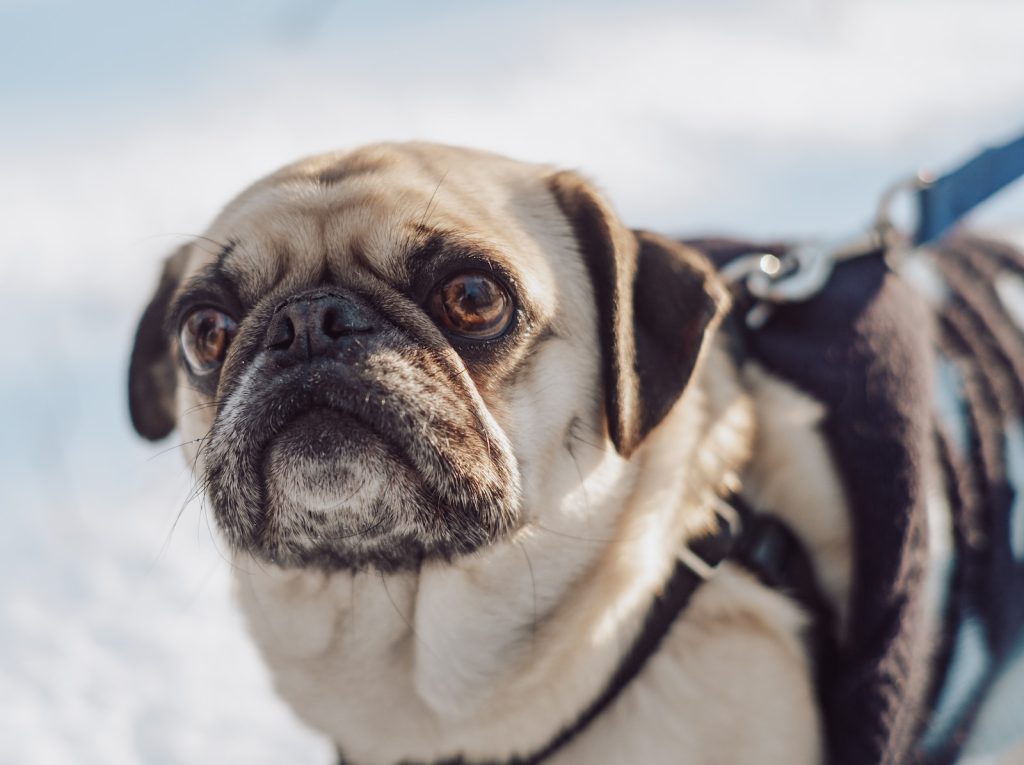How to keep your pet safe in extremely cold temperatures

Posted Jan 11, 2024 1:32 pm.
Last Updated Jan 11, 2024 2:16 pm.
Animal welfare officials are warning pet owners not to forget their animals outside in the extreme cold.
The Calgary Human Society expects to be very busy responding to concerns about animals in distress.
Brad Nichols with the society says there’s a no tolerance policy during these conditions.
“When we get these types of calls, we do attend, we do attempt to talk to the owner and certainly, we’ll be doing some education and seeking compliance before taking that animal from the yard,” he said. “But if we’re unable to locate the owner or gain their compliance, we do have the authority to remove that animal.”
He recommends dogs only be take for very short walks — if at all — as frostbite can set in quickly in their extremities, just like it can for humans.
“Frost bite is always a risk and that tends to be the extremties, so you’re looking at the tips of the ears, paws, tails, potentially. It’s worse if an animal is left exposed to this type of cold, it can be deadly,” Nichols said.
He adds that some people think their dog is okay out there — but not in this weather.
Read more: Extreme cold grips Alberta, daytime highs of -30 C not seen in 20 years: Environment Canada
“There are some individuals that do keep them outside and that’s why there’s an Animal Protection Act,” Nichols said. “Inadequate shelter is not really well defined in the act unfortunately, so we do rely on veterinarian input and so we generally will say insulated shelter below -10 C, -15 C, and heated insulated shelter below that.”
The city’s animal services department is also urging pet owners to ensure winter safety during the cold snap and to license their pets.
It says to limit outdoor exposure for pets — minimizing time outdoors, shortening walks and outdoor activities to protect your pet from frost bite and hypothermia.
It’s also recommended to layer up. Some breeds are more sensitive to the cold than others. Owners can consider using pet-friendly sweaters or coats to provide additional warmth, especially for short-haired or smaller breeds.
Salt and chemicals used to melt snow and ice on sidewalks can also be harmful to an animal’s paws. Dog boots are an option to protect against this. If boots aren’t an option, owners should make sure to wipe their pets paws with a damp cloth after walks to remove any potential irritants.
Calgary animal services also advises that licensing a pet is a legal requirement but also ensures your animal will be returned safely by peace officers if it becomes lost.








